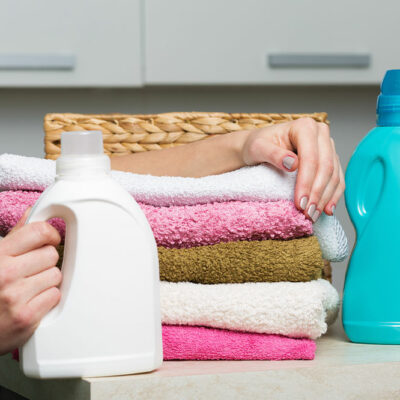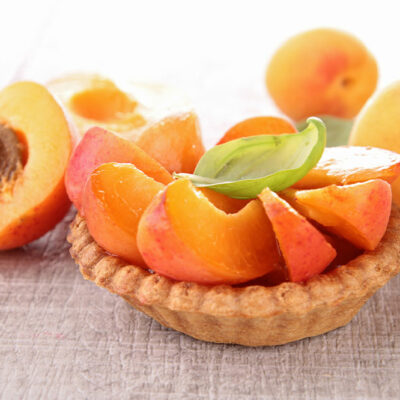
01
6 errors to avoid when considering a medical alert system
Medical alert systems are devices that can provide life-saving care to seniors whenever required. With these devices, seniors will not have to struggle to get medical assistance during an emergency. Yet, it is important to choose the right device and use it in the right way to get the most out of it. To do that, one should avoid a few common mistakes when considering buying and using a medical alert system. 1. Delaying the purchase A key mistake to avoid with medical alert systems is not buying them until after dealing with an emergency. Aging can increase the risk of falling and health issues that require immediate medical attention. When these issues develop, one may not always be able to reach the phone or call for help. This is where medical alert systems come in. They are typically wearable devices, available in the form of bracelets or pendants to make it easy to access them in an emergency. However, one may consider investing in the device until they face an emergency. It is only then that they realize the risks of not having an emergency alert system in place. But, instead of delaying the purchase, it is better to invest in a medical alert system without waiting for health issues to worsen. One can look for signs indicating the need for this system, such as a decline in physical strength, mobility, vision, and balance. One must also consider investing in these systems as soon as they are diagnosed with a medical condition that may require them to seek urgent medical attention at any time. 2. Believing cell phones to be good alternatives One may believe that if they have a cell phone, they do not need a medical alert system. But this is a mistake. A cell phone is not a good alternative to a medical alert system.
Read More 








